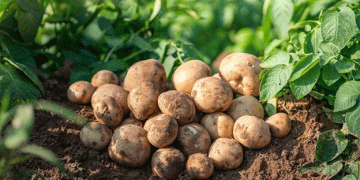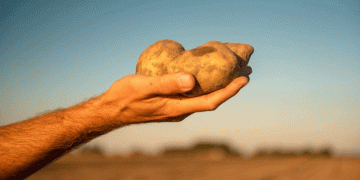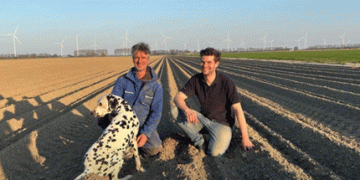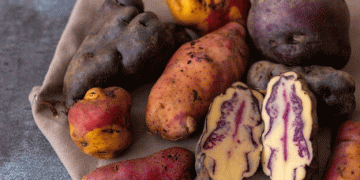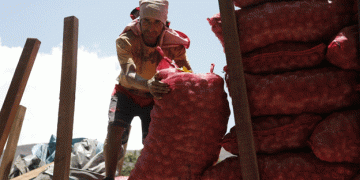Tauripampa’s Native Potato Festival: A Celebration Rooted in Biodiversity and Knowledge
In the Andean highlands of Peru, potatoes are more than a staple—they are a symbol of heritage, identity, and resilience. This spirit was fully alive at the Native Potato Festival held in Tauripampa, a district in the Yauyos Province of the Lima Region. Organized in collaboration with the Tauripampa District Municipality and the Mala Agrarian Agency, the festival highlighted the region’s role in preserving native potato biodiversity and promoting sustainable farming.
The event was not only a cultural celebration but also an educational platform. Workshops focused on soil management, organic fertilization, and pest and disease control—critical elements for improving productivity while protecting native genetic resources.
Peru: A Global Center for Potato Diversity
Peru is recognized as the cradle of the potato, with over 3,000 native potato varieties. According to CIP (International Potato Center), the country holds 91 of the 200 known wild potato species, making it a global leader in potato biodiversity. Many of these varieties are still cultivated by smallholder farmers in highland communities like Tauripampa, who pass down traditional knowledge from generation to generation.
The Festival de la Papa Nativa plays an essential role in protecting this heritage by:
- Promoting in-situ conservation through continued cultivation of local varieties
- Encouraging agroecological practices that reduce input costs and increase resilience
- Sharing market access strategies for native potatoes as niche and gourmet products
Knowledge Sharing and Technical Support
Technical sessions were conducted by specialists from the Mala Agrarian Agency, focusing on:
- Soil treatment and conditioning, adapted to high-altitude terrains
- Use of organic fertilizers and locally available composts
- Integrated pest and disease management, using both traditional and low-impact modern methods
These interventions align with national goals of climate-smart agriculture, recognizing that native varieties are often more resilient to drought, frost, and disease than commercial cultivars. Training sessions helped strengthen local capacities and offered farmers new tools to enhance yield without compromising traditional practices.
A Platform for Visibility and Empowerment
The festival also served as a space for farmers to display and market their diverse potato varieties, reinforcing the idea that conservation and commercialization can go hand in hand. Colorful exhibitions and cooking demonstrations emphasized not only the agronomic value of native potatoes but also their culinary potential—from purple and blue-fleshed varieties to nutty and buttery textures appreciated in gourmet kitchens.
According to the Ministry of Agrarian Development and Irrigation of Peru (MIDAGRI), native potato consumption is increasing domestically and in export markets, especially among health-conscious and environmentally aware consumers. Efforts like this festival help bridge the gap between remote farming communities and these expanding markets.
The Tauripampa Native Potato Festival is more than a regional celebration—it’s a testament to the enduring value of traditional agriculture in a modern world. By combining scientific training, community engagement, and biodiversity awareness, the event highlights how preserving native crops can also support food security, economic opportunity, and environmental resilience. It offers a replicable model for rural regions seeking to protect heritage while embracing sustainable innovation.


